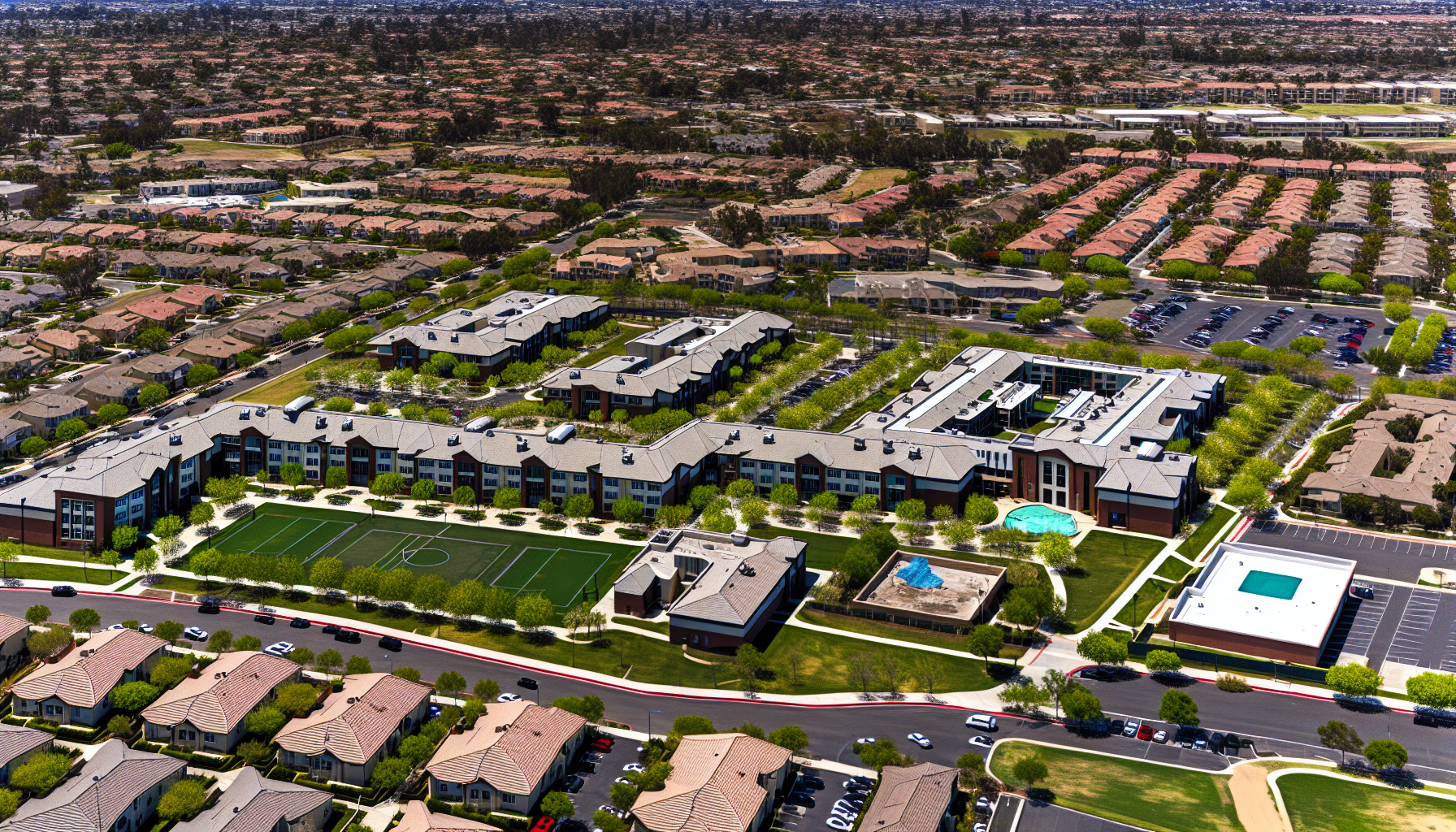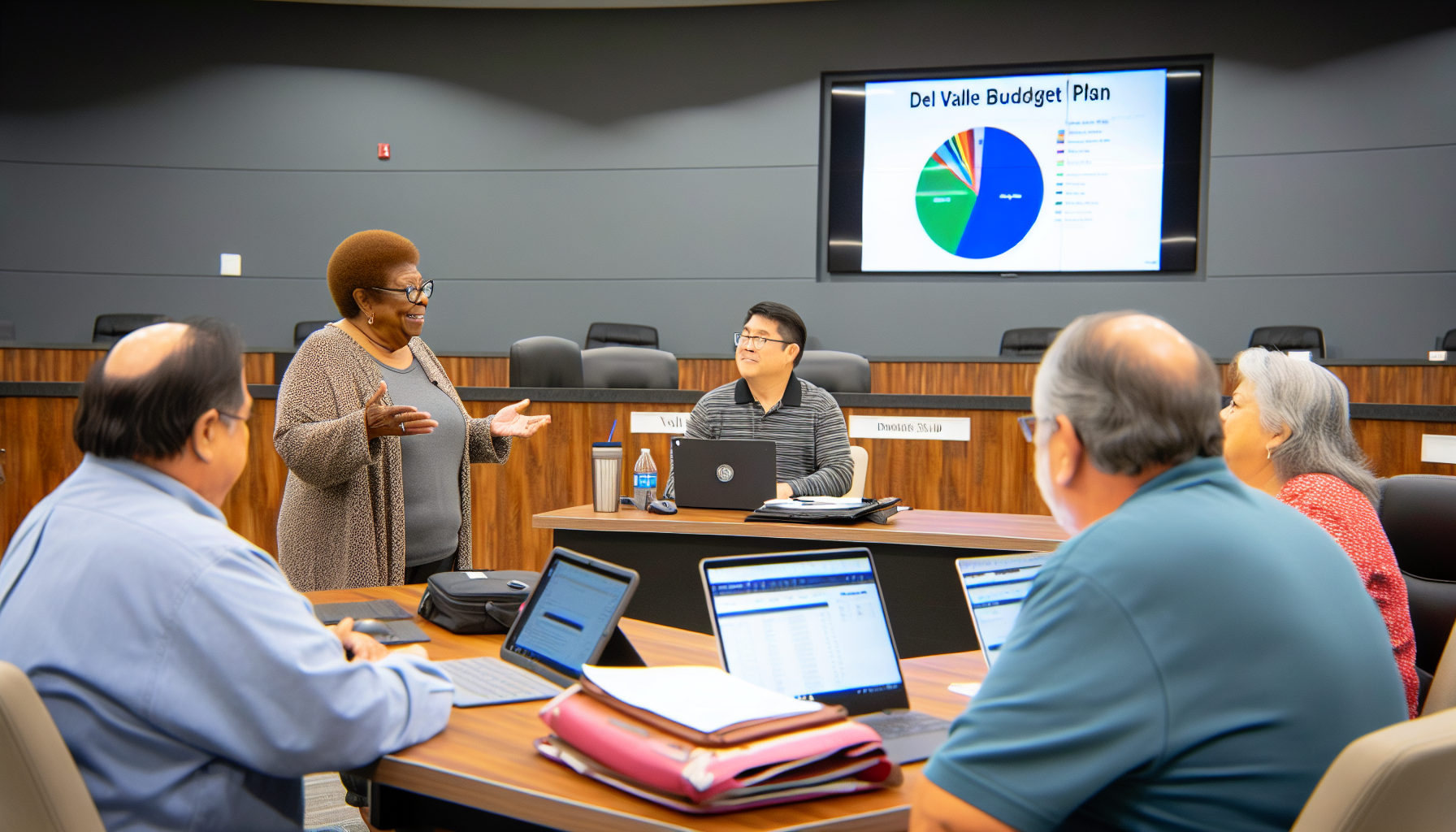Exploring the Future of Education: A Comprehensive Guide to Del Valle Schools

Mar 20, 2024
In exploring the educational environment and reputation of Del Valle independent schools, one is likely interested in understanding the instructional caliber, available resources, and local perceptions regarding this Texas-based school district. Catering to over 11,000 students throughout its 14 different schools within the district, Del Valle ISD acknowledges educational hurdles while maintaining a respectable rate of graduating seniors. The district puts forth significant effort to meet the needs of English language learners through pioneering programs and exhibits substantial investment in each student’s education. This piece examines various aspects such as academic performance indicators, interactions between students and teachers, specialized initiatives offered by the school system, as well as its economic framework—all contributing factors that help portray an authentic picture of life for those who learn from or contribute to shaping young minds at Del Valle Independent School District’s institutions.
Key Takeaways
- Del Valle ISD is a diverse school district in southeast Travis County, Texas, serving over 11,000 students with a commitment to bridging educational gaps and fostering strong student-teacher relationships.
- While the district faces academic challenges with below-average college readiness and standardized test scores, it boasts a higher graduation rate and lower dropout rate than the state average, indicating dedication to student achievement.
- Del Valle ISD invests significantly in its educational programs with a student-centered approach and professional development for teachers, supported by an annual revenue of over $155 million, which translates into $11,821 spent per student.
Exploring Del Valle Independent School District

Situated in the energetic area of southeast Travis County, Texas, Del Valle ISD serves as a shining example of how education can propel growth and change. Originating as Colorado Common School District Number 36 and evolving over time to extend its reach through areas such as Creedmoor and parts of Austin, this school district reflects the dynamic development seen within educational realms. Significant developments include initiating Del Valle Junior-Senior High School in 1956, which was later renamed in 1963. Presently, it boasts an impressive network of 14 schools catering to a richly diverse population exceeding 11,000 students.
Overseeing operations from a space covering roughly 38,2 square miles that houses the Edward A. Neal Administration Building is where you’ll find the central office for Del Valle ISD – strategically positioned at Austin’s core. This anchors their administration firmly between traditional values and innovative teaching methods—a balance crucial to navigating both their academic successes and challenges with savvy insight.
Academic Achievements and Challenges
Students at high schools within Del Valle ISD are navigating a challenging educational environment where their college preparedness, particularly in reading and math, lags behind the state’s norm. Standardized assessments like SATs and ACTs reveal that these students’ performance is below average. There are positive aspects to consider. A notable ‘B’ grade for district accountability, along with higher graduation rates compared to the state and fewer students dropping out, demonstrate Del Valle ISD’s dedication to its student body’s success.Confronting these academic complexities head-on, Del Valle ISD adopts strategic measures specifically designed to support its most vulnerable populations: economically disadvantaged students and those learning English as an additional language. The school system fervently pursues equity in education so that every student has access to quality learning experiences. This commitment also manifests in fostering strong bonds between teachers and pupils throughout the district’s schools—a crucial factor contributing towards enhancing overall academic achievements.
In-Depth Look at Student and Teacher Dynamics
In Del Valle ISD, a focal point of their tailored educational strategy is maintaining a student-teacher ratio that promotes individual attention, with an average of 14 students per teacher. This aspect is critical for fostering an academic environment where every student has the potential to thrive. It should be noted, though, that on average, teachers in this district possess less experience when compared to statewide figures, indicating room for professional advancement.The commitment of the district towards sustaining lower ratios between students and teachers at elementary levels can be seen in schools like Hillcrest Elementary and Popham Elementary. Even with the complexities inherent in managing classroom dynamics, it prioritizes creating learning spaces that are attuned to the needs of its learners—emphasized by focusing on each one within its total enrolled population. Special programs and additional support services bolster this core emphasis on close-knit student-teacher connections as part of enhancing overall educational experiences.
Special Programs and Support Services

Del Valle ISD’s commitment to inclusive education shines through its innovative programs, such as the Two-Way Dual Language Immersion program. This program, which serves a substantial percentage of English language learners, strives to achieve bilingual proficiency by fifth grade, using a balanced framework that integrates language learning with academic content. The district ensures that enrollment in this program is both intentional and structured, requiring a comprehensive process that prioritizes the success of its participants.
While the district’s participation in Advanced Placement courses and the corresponding exam pass rates may not meet state averages, the support services available to teachers—including stipends and programs like ‘Grow Your Own’—exhibit Del Valle ISD’s investment in its educators, from grades PK onwards. These services not only incentivize excellence but also empower those who guide the district’s students, ensuring that the next generation of educators is nurtured from within the community.
Del Valle ISD’s dedication to advancing educational excellence is underpinned by its financial structure. Therefore, a glance at the district’s financial overview provides insights into the resources that drive these pioneering educational initiatives.
Financial Overview of Del Valle Schools

Del Valle ISD demonstrates its dedication to student education through an impressive annual revenue exceeding $155 million, which translates into an investment of $11,821 per student each year. These resources are judiciously allocated across different areas within the educational spectrum to maximize their impact on instruction and support services.
To ensure fiscal prudence, Del Valle’s budget process includes a tax rate that combines maintenance & operations with interest & sinking funds. This strategy underscores the district’s commitment to balanced financial planning. By conducting public meetings about finance-related matters, Del Valle ISD promotes community engagement in discussions concerning budgets and taxation—a clear sign of its transparency and cooperative ethos.
Listening closely to those within the Del Valle community offers deeper insights into how individuals experience their interactions with Del Valle ISD daily.
Community Voices: Reviews and Insights
Feedback from the community on Del Valle ISD indicates:- A commendable approximate 4 out of 5-star rating
- Recognition for teachers and staff who exhibit enthusiasm and commitment to their roles
- An affirming learning atmosphere appreciated by both students and parents alike
Criticism has also been aimed at the administrative rules set by the school district. Some consider these regulations excessively rigid. It is encouraging to note that Del Valle ISD possesses effective procedures for addressing grievances promptly, which allows them to listen to and take action based on student and parent feedback. This information contributes to a broader story about a school district devotedly adapting over time as it aims to adequately serve its constituents amidst the educational sector’s inherent challenges.



